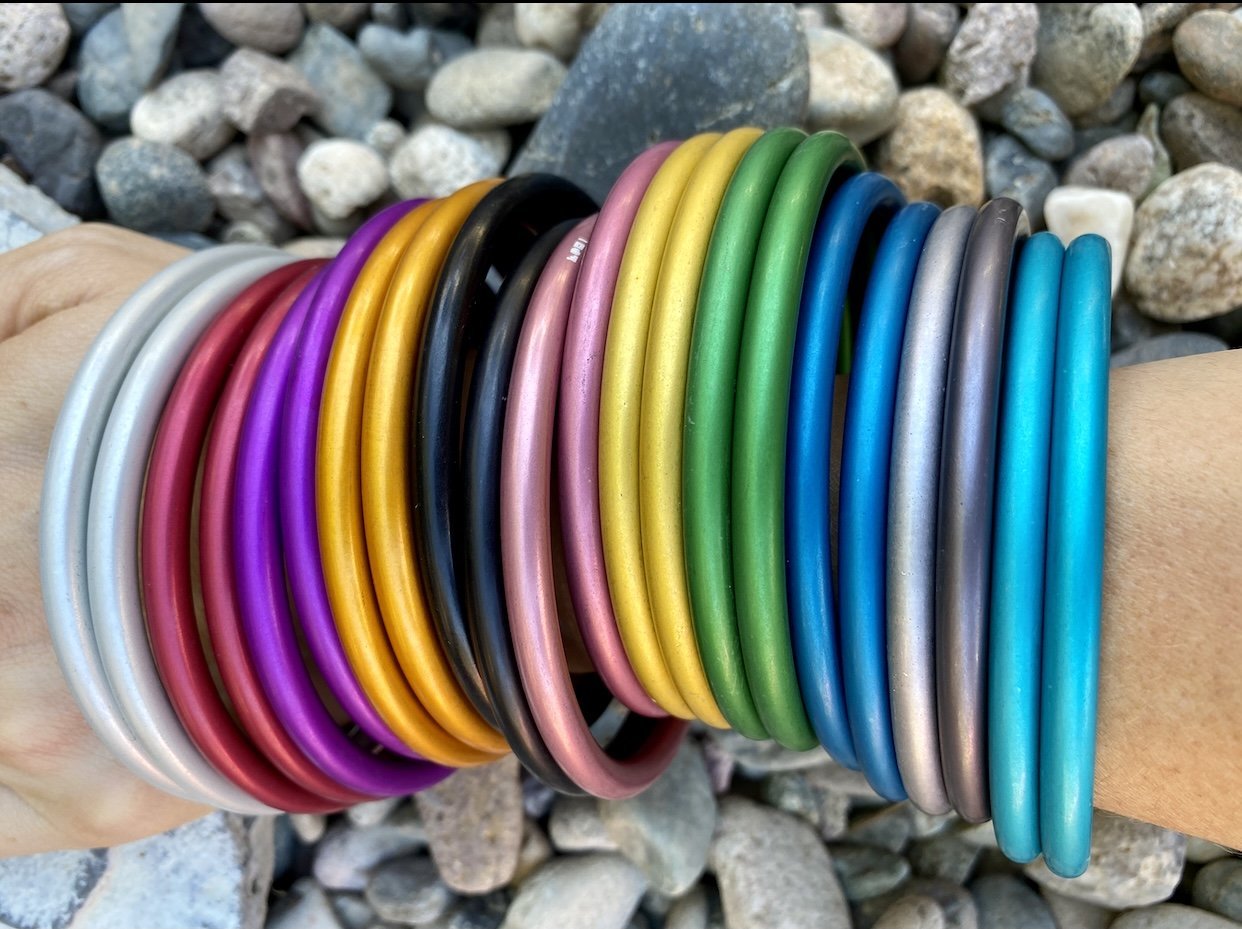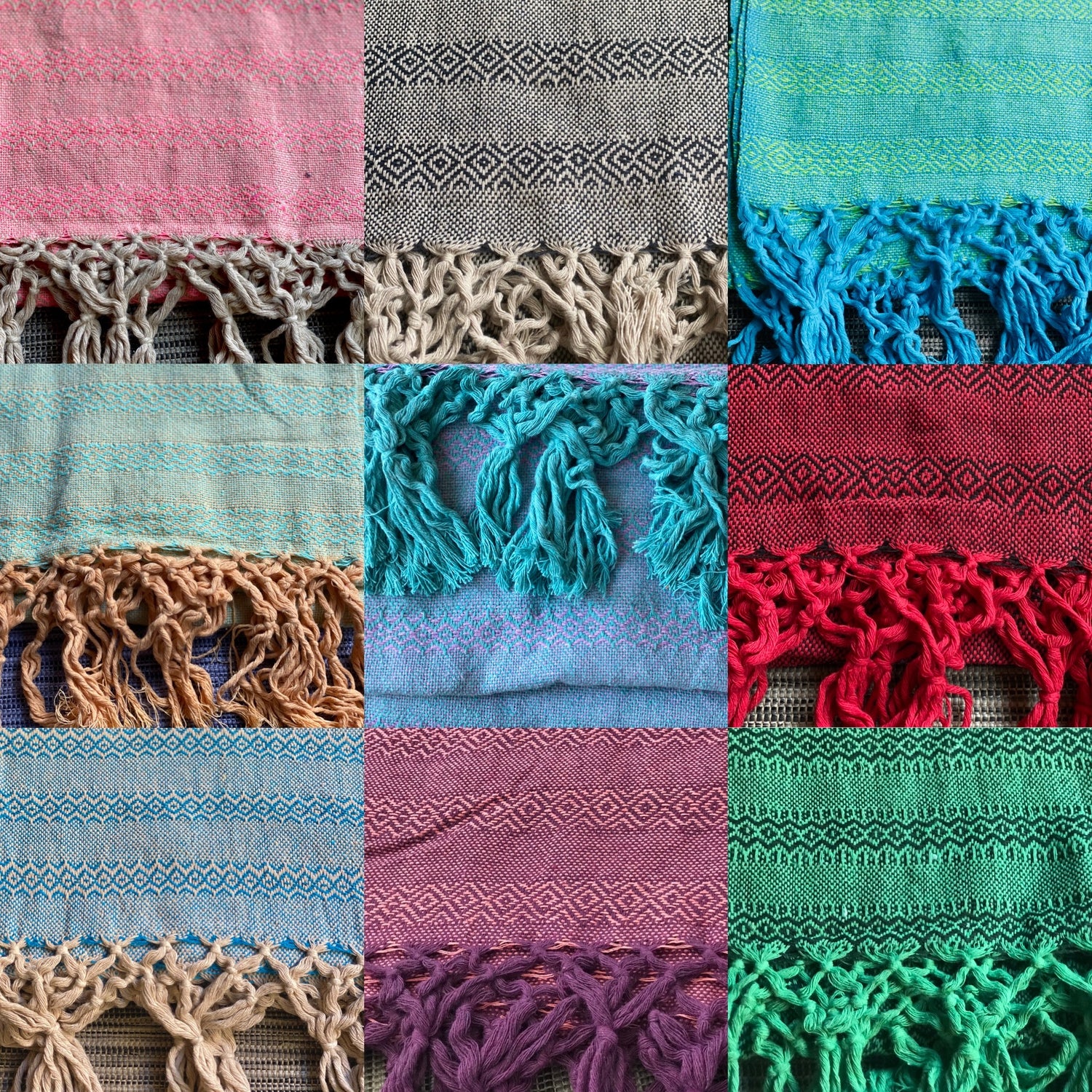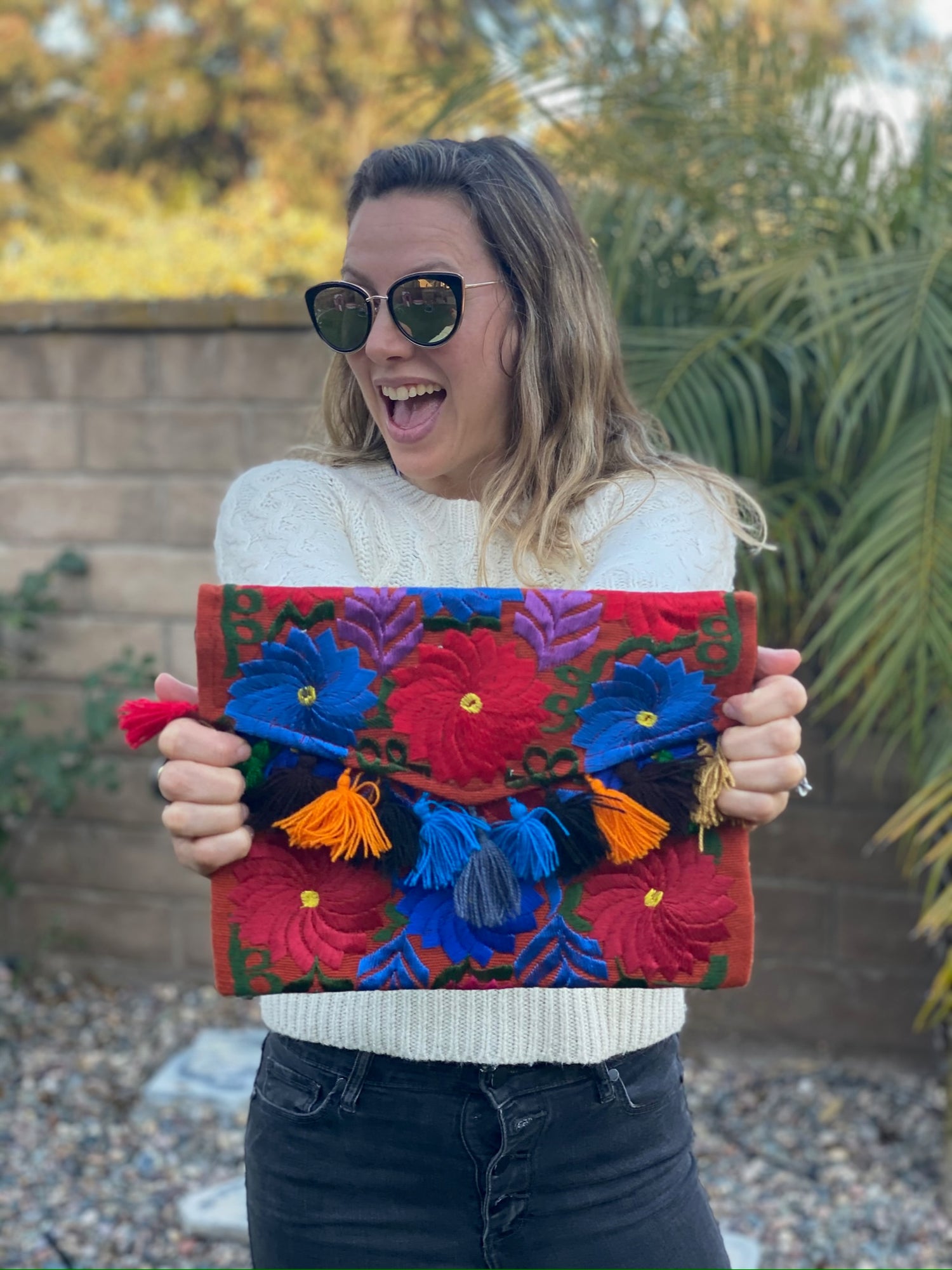When it comes to choosing a high-quality rebozo, knowing what to look for can elevate your understanding and appreciation of this significant garment.
Look for rebozos made from natural fibers like cotton or silk. These materials not only enhance comfort but also showcase traditional craftsmanship.
A well-made rebozo reflects the rich culture and heritage of Mexico, serving as a powerful symbol for Mexican women throughout generations.

Identifying high-quality rebozo fabrics involves examining texture, color vibrancy, and the intricacies of weaving techniques.
Each piece tells a story and carries cultural weight, making it essential to recognize the artistry behind these beautiful shawls.
Understanding these factors helps you choose a rebozo that is not just a stylish accessory but an essential part of Mexican traditions.
As you delve deeper into the world of rebozos, you will uncover their artistic value and significance in cultural practices. This knowledge will enhance your appreciation for these unique pieces and the skilled artisans who create them.
Key Takeaways
- Look for natural fibers like cotton or silk for quality rebozos.
- Each rebozo embodies cultural stories and traditions.
- Recognizing craftsmanship enhances your appreciation of these garments.
Identifying High-Quality Rebozo Materials

When assessing high-quality rebozo materials, it's essential to focus on fiber content, weave patterns, and the type of fibers used. Each element plays a vital role in the fabric's look, feel, and durability.
Fiber Content and Its Importance
The fiber content in a rebozo significantly affects its quality. Common fibers include cotton, silk, wool, and linen.
- Cotton: This fiber is breathable and durable, making it popular for everyday use.
- Silk: Known for its luxurious feel and sheen, silk adds elegance but may require more care.
- Wool: While warm and resilient, wool may be heavier and less commonly used.
- Linen: This fiber is strong and has a unique texture that gets softer with use.
Rayon and acrylic are synthetic options that mimic natural fibers but often lack the same durability and comfort. Always check the label to understand the composition of the fabric.
Weave Patterns and Manufacturing Process
The weave pattern significantly influences the quality and appearance of a rebozo. A tighter weave typically results in stronger, more durable fabric. Traditional rebozos often feature intricate patterns that reflect cultural heritage.
You might encounter several common weave styles:
- Twill: Creates a diagonal pattern for added strength.
- Plain weave: Offers simplicity and is commonly used for lightweight fabrics.
- Jacquard: Features complex designs woven directly into the fabric.
The manufacturing process also matters; handcrafted items tend to be of higher quality than mass-produced versions. Look for authentic weaving techniques that showcase craftsmanship.
Natural vs. Synthetic Fibers
Choosing between natural and synthetic fibers can impact the overall quality of the rebozo. Natural fibers like cotton and silk provide comfort and breathability. They tend to have better moisture-wicking properties, which is ideal for warmer climates.
In contrast, synthetic fibers like acrylic and rayon can be affordable and are often easier to care for. However, they may lack breathability and can wear out faster with repeated use.
When selecting a rebozo, prioritize natural fibers for a high-quality fabric that feels good against your skin and will last longer.
Cultural and Artistic Value

The cultural and artistic aspects of the rebozo are vital to understanding its significance. This traditional shawl is much more than just a fabric; it represents a rich heritage and artistic expression that reflects Mexican identity and craftsmanship.
The Rebozo in Mexican Culture and Fashion
The rebozo holds a special place in Mexican culture and fashion. This elegant shawl has been worn by women for generations, symbolizing beauty and tradition. It is often made by artisans from regions such as Tenancingo, Chiapas, and Oaxaca.
Many women wear it not only for style but also as a statement of cultural pride.
The vibrant colors and intricate designs of the rebozo showcase the richness of Mexican heritage. Fashion icons, including Frida Kahlo, helped elevate its status in the fashion world, blending traditional and modern styles. Wearing a rebozo connects you to centuries of artistry and cultural significance.
Artisanal Craftsmanship and Techniques
Creating a high-quality rebozo involves skilled craftsmanship and techniques passed down through generations. Artisans use methods like ikat dyeing to create unique patterns. This process includes binding threads before dyeing, resulting in beautiful designs that are both complex and visually striking.
Each rebozo is a work of art, showcasing the artisan's dedication and creativity. The craftsmanship often reflects regional styles, with influences from various cultural traditions. You will find differences in texture, color, and design, all carrying a story of the artisan's community and skills.
Preservation of Rebozo Heritage
Preserving the heritage of the rebozo is crucial for Mexican culture. Museums often feature exhibitions that highlight its historical and cultural significance. This helps educate the public about the importance of the rebozo as a work of art rather than merely a fashion accessory.
Many communities work to keep these traditions alive by teaching younger generations the art of rebozo making. By passing down techniques and stories, they ensure that this vibrant part of Mexican culture continues to thrive. Supporting artisanal practices helps maintain the richness and diversity of this cultural heritage.
Frequently Asked Questions

When looking for high-quality rebozo fabrics, it’s important to know what to examine. This section will help you identify the defining characteristics, materials, craftsmanship, and potential flaws in rebozos.
What characteristics define a high-grade rebozo fabric?
A high-grade rebozo fabric will exhibit a soft texture and a rich color. It should have a natural drape, allowing it to flow gracefully when held. Look for even weaving without loose threads or irregularities, as these are signs of superior quality.
How can one identify an authentic rebozo scarf in terms of material quality?
Authentic rebozos are often made from natural fibers like cotton or wool. You can test material quality by feeling its softness and checking for a heavy yet flexible weight. Authentic items will not feel synthetic or overly processed.
Which materials are traditionally used in creating quality rebozos?
Quality rebozos are traditionally made from cotton, silk, or wool. Each material offers unique advantages, such as softness or insulation. Cotton is popular for its breathability, while silk gives a luxurious finish.
What weaving techniques signal superior rebozo craftsmanship?
Superior craftsmanship often involves traditional hand-weaving techniques. Look for intricate patterns and consistent tension throughout the fabric. Techniques like backstrap weaving demonstrate skill and dedication, adding to the item’s authenticity.
How does the origin of a rebozo impact its quality and authenticity?
The origin of a rebozo plays a crucial role in its quality. Rebozos made in specific regions of Mexico, known for their textile artistry, are more likely to reflect authentic craftsmanship. Check labels or seller information to verify origin.
What are the signs of a poorly made rebozo to watch out for when purchasing?
Signs of a poorly made rebozo include uneven stitching, visible flaws, or a rough texture. If the fabric feels stiff or has loose threads, it is likely of lower quality. Always inspect the edges and seams for neatness.




